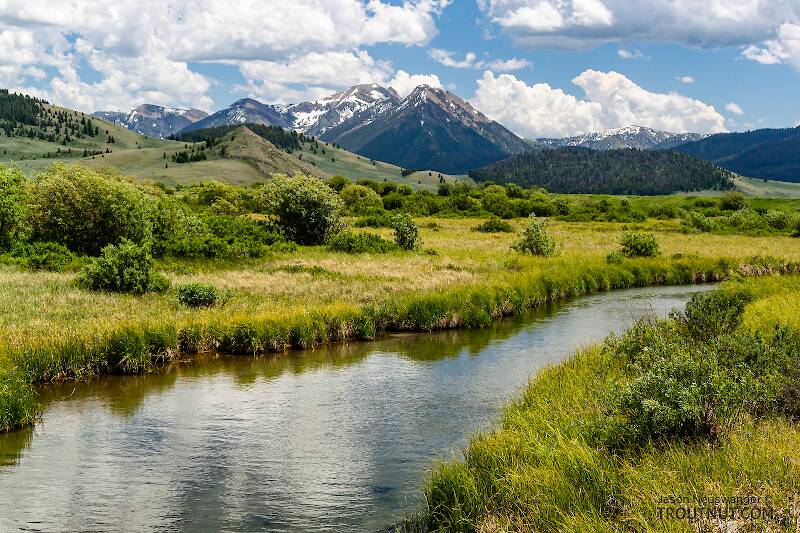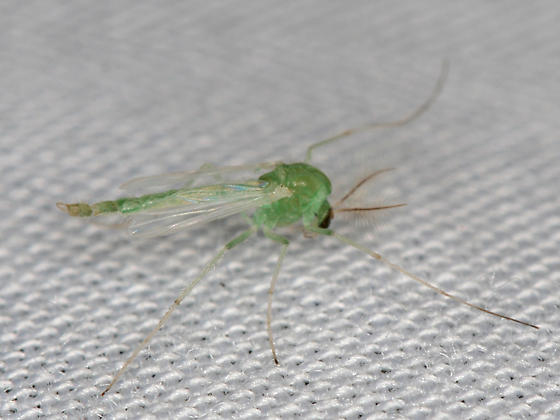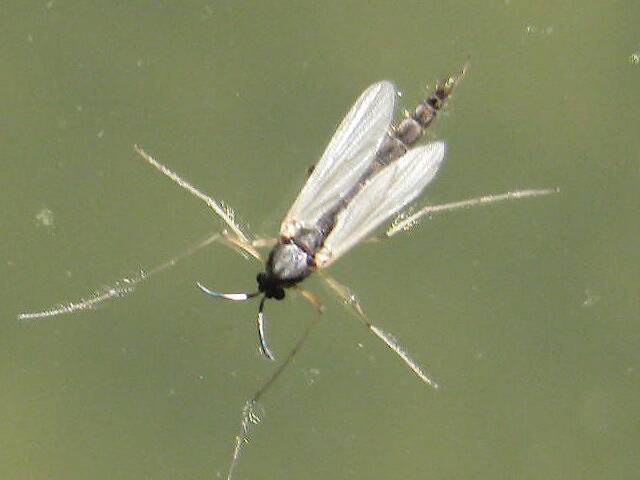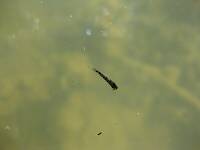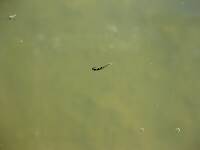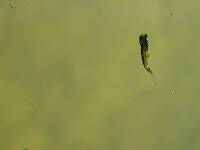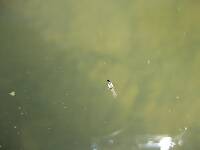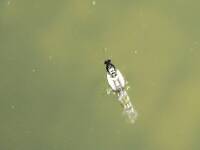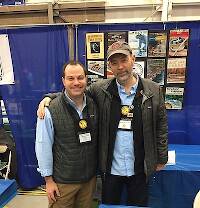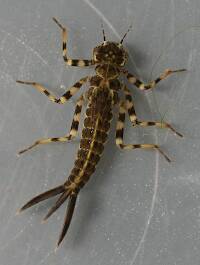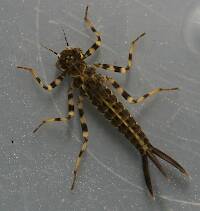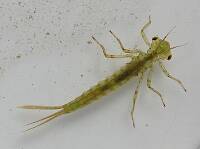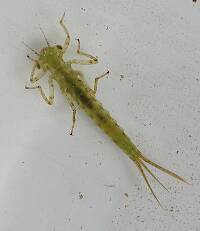
Blue-winged Olives
Baetis
Tiny Baetis mayflies are perhaps the most commonly encountered and imitated by anglers on all American trout streams due to their great abundance, widespread distribution, and trout-friendly emergence habits.
Featured on the forum

Troutnut is a project started in 2003 by salmonid ecologist Jason "Troutnut" Neuswanger to help anglers and
fly tyers unabashedly embrace the entomological side of the sport. Learn more about Troutnut or
support the project for an enhanced experience here.
Taxon on Sep 29, 2016September 29th, 2016, 4:32 am EDT
Falsifly on Sep 29, 2016September 29th, 2016, 5:25 am EDT
John, did you tie or use anything to resemble the pupa or adult? If so were you successful?
Falsifly
When asked what I just caught that monster on I showed him. He put on his magnifiers and said, "I can't believe they can see that."
When asked what I just caught that monster on I showed him. He put on his magnifiers and said, "I can't believe they can see that."
Wiflyfisher on Sep 29, 2016September 29th, 2016, 6:02 pm EDT
John, did you tie or use anything to resemble the pupa or adult? If so were you successful?
Yes, I had a small soft hackle with a lime green body that did okay. Then I tied up several parachute style dries with a chartreuse strand body material. If I saw a trout take a chartreuse midge I dropped my pattern a couple feet in front and they generally took my pattern.
The midge had a short window of effectiveness because Trico spinners shortly afterwards appeared and the trout immediately switched to the growing number of tiny spinners spread eagle in the drift.
John S.
https://WiFlyFisher.com
https://WiFlyFisher.com
Wiflyfisher on Sep 29, 2016September 29th, 2016, 6:07 pm EDT
Hi John-
I suggest you contact Ethan Bright at ethanbr@umich.edu, but this one is pretty close.
Roger, thanks.. it is nice to see you are still hanging around here. The BugGuide midge looks almost the same and was from MT and says was photographed the end of August 2010. So close to the same time period and area.
I did find another chironomid in France that seemed similar to the chartreuse midge from the West Yellowstone area that I saw.
John S.
https://WiFlyFisher.com
https://WiFlyFisher.com
Quick Reply
Related Discussions
Topic
Replies
Last Reply
10
Dec 20, 2009
by LittleJ
by LittleJ
3
Feb 6, 2020
by Oldredbarn
by Oldredbarn
4
Apr 16, 2007
by GONZO
by GONZO

